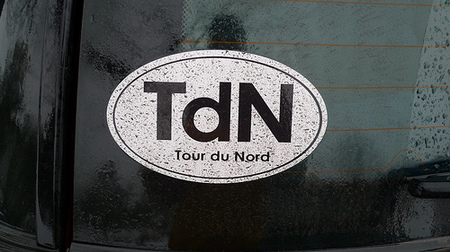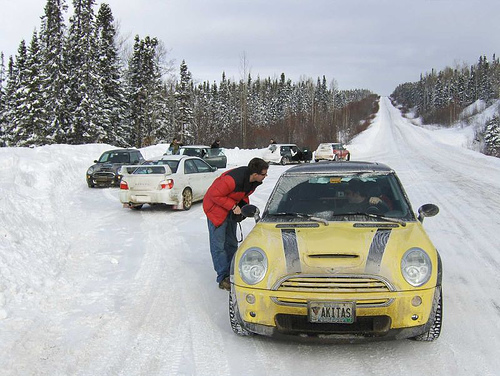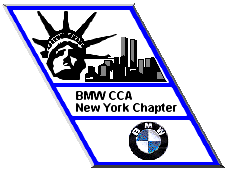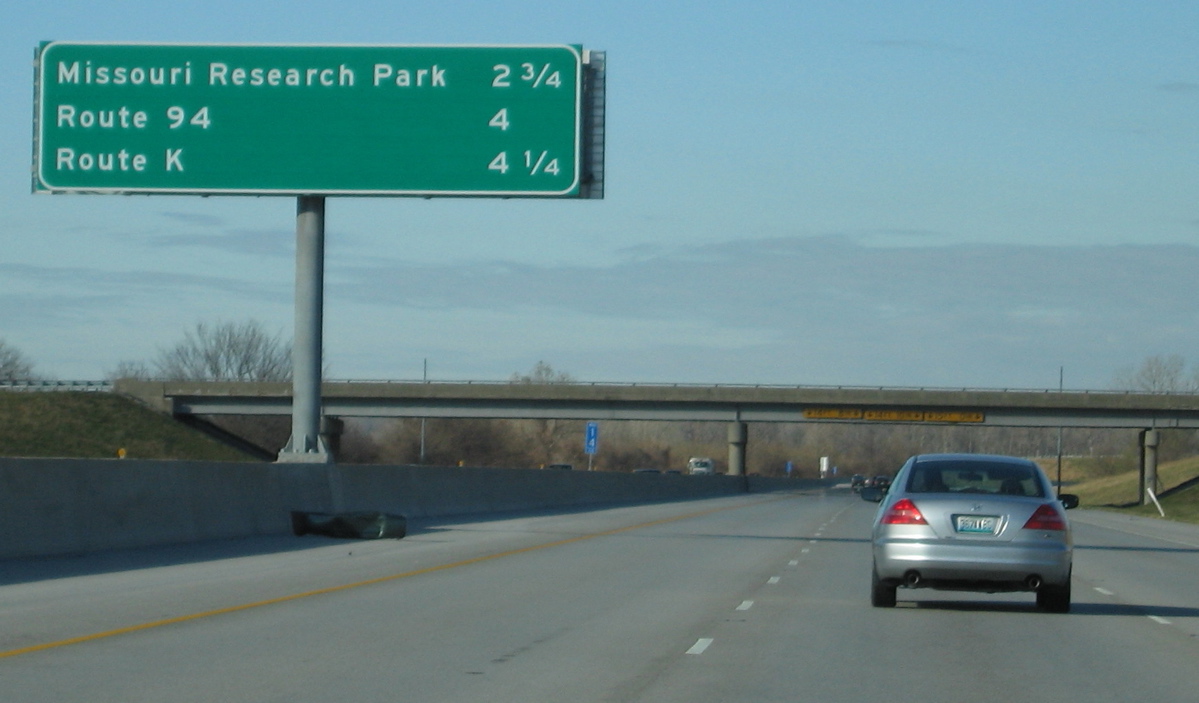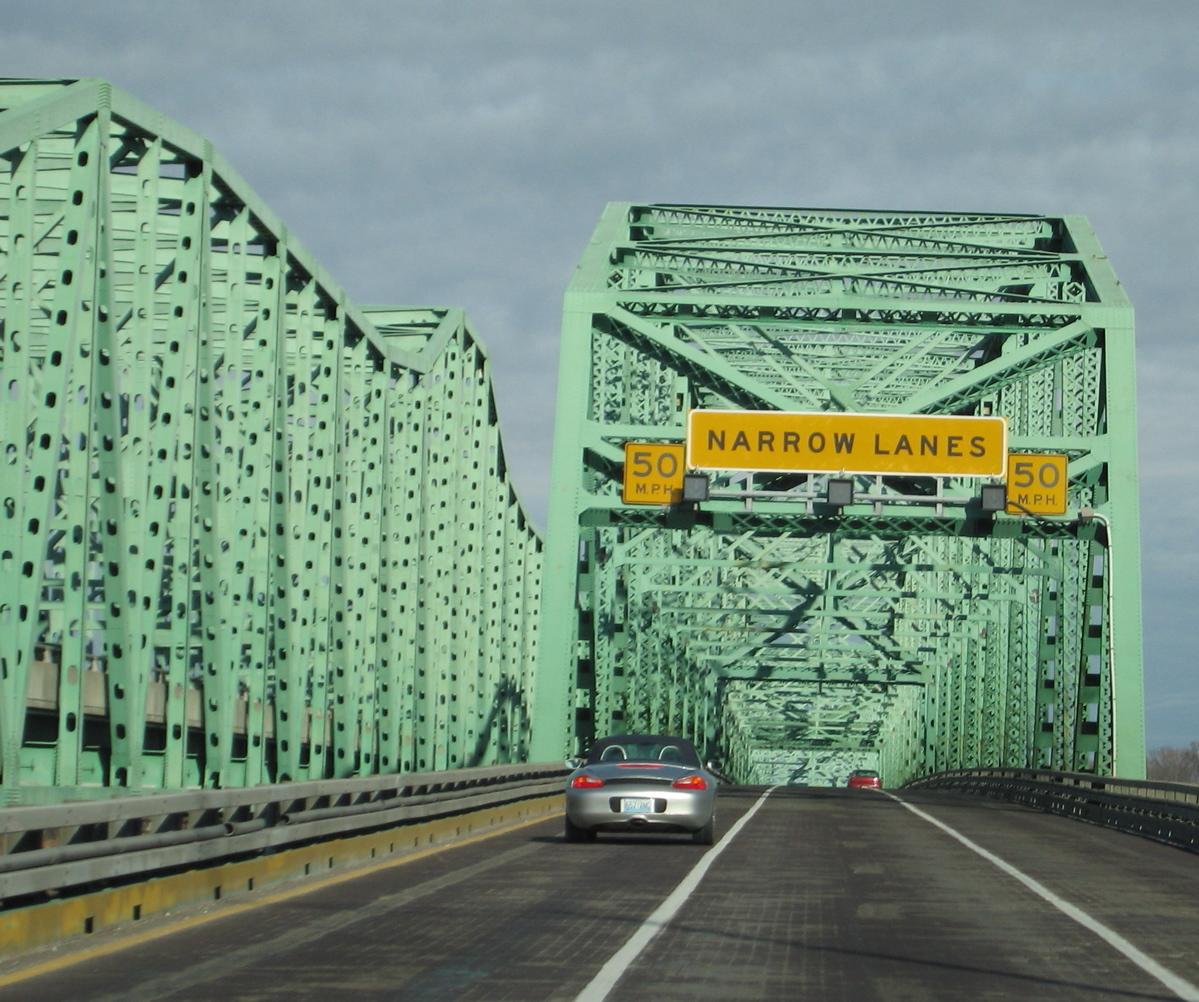Much as regulators and automakers have rushed to deal with the flood of distractions that invade the automobile -- GPS displays, Internet radio, e-mail and even Facebook apps -- there is a growing effort by engineers to build cars that gauge the difficulty of situations and recognize a driver in distress. Then the car would react, delaying all but the most urgent alerts, sending phone calls to voicemail and freeing the driver to focus on the task.
The study of driver workload management -- some would point to the irony in this reaction to a situation partly created by automakers themselves -- is progressing alongside the efforts of the planners who dream up new generations of infotainment features. A foundation of workload study is the Yerkes-Dodson Law, a theory developed in the early 20th century that plots workload and performance on a bell curve.
There can be trouble at either end -- an inattentive, underworked driver may be as much a risk as an overworked driver who cannot handle the combined sensory inputs and driving chores. In the middle is the ideal, a driver functioning at optimum level.
Systems that detect driver drowsiness, like the Mercedes-Benz Attention Assist feature, can prompt a driver to be more alert, but driver overload is harder to manage. N.H.T.S.A. has issued voluntary accessory-design guidelines in an effort to reduce distraction, but given consumers' hunger for gadgets, managing those distractions to reduce workload may prove a better solution.
As safety groups press for restrictions on phone conversations and messaging in the car, the urgency to find a solution will only increase, experts say. Studies of driver workload have a long history, but a milestone came in 2003 when the John A. Volpe National Transportation Systems Center, a unit of the Transportation Department -- in conjunction with Delphi, the giant parts supplier, Ford Motor and several universities -- began a research project to quantify distractions and driving situations as a way to generate workload estimates.
Paul A. Green, a University of Michigan research professor, said in a telephone interview that the Volpe study stimulated research. Today, automakers and universities are developing technologies that will let them measure the level of driver stress and the response to the pressure. That data could be used by a management system that would delay calls, alerts, text messages and warning lights at the times when the driver's workload was peaking and the stress level was high.
Continue reading "Simplified cockpit for busy driver" »
